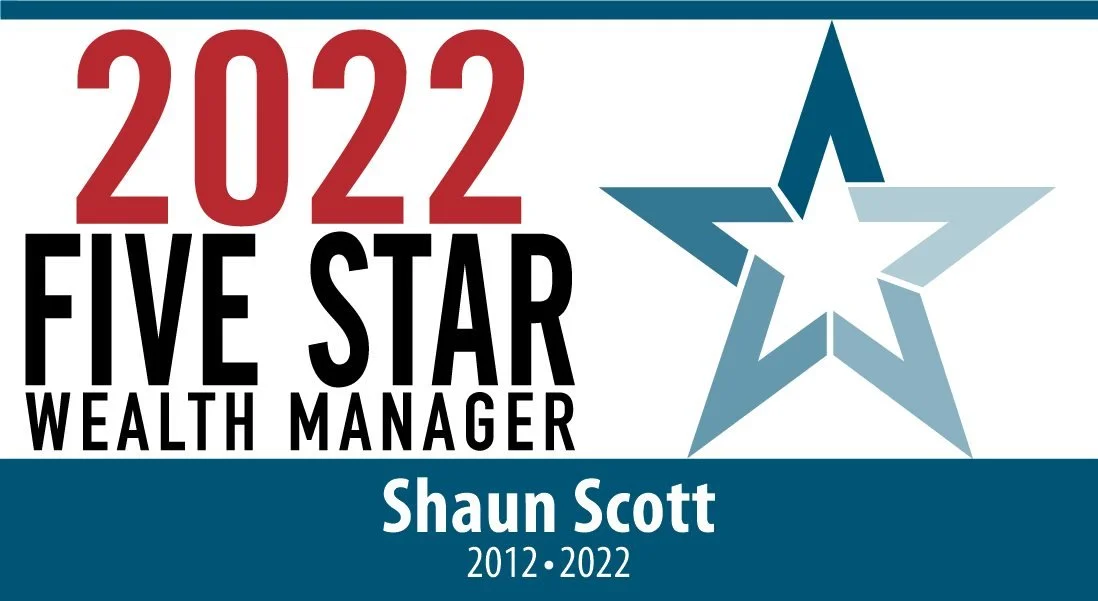I used to love telling scary ‘bear stories’ to my young and gullible nephews while camping in the woods behind our home, and would often inconspicuously loft rocks into the brush for effect. Jerome Powell is a gifted storyteller; already confounded once by the resiliency of ‘40 year high’ price inflation, Powell is now counting his chickens before they hatch, and so far, Wall Street foolishly believes the fairytale. What comments did the Fed Chair make yesterday which constitute wishful thinking? Why didn’t the bond market buy it? What reveals the spirit of speculation remains in the stock market? What should you do about it?
In yesterday’s FOMC press conference, Chairman Powell said he doesn’t believe the U.S. economy is in recession, doesn’t believe a recession is necessary to bring inflation back into the Fed’s desired range, and future rate hikes will be determined based on monthly data.¹ Powell’s statements suggest the Fed will bring its key short-term lending rate to 3.25%-3.5% by year end, that this series of hikes will be sufficient to tame inflation within months, and that it won’t even require economic contraction. Wow, what a wonderful story! Stock investors cheered the news with a binge-shop, driving the S&P 500 3% higher for the day.²
No bear ever inhabited the back woods in the days of my storytelling, but convincing my nephews of that fact was nearly impossible once the rocks started landing. It’s likely to require more pain for stock investors to sober up from their excesses of the last decade, and receive Powell’s testimony as the wild notion that it is. How can a man who creates inflation for a living, and yet can’t differentiate between relatively harmless, transient inflation and life-threatening, resilient inflation, have such rare insight into the complex relationship between inflation, interest rates, and the world’s largest economy, while battling a global supply crunch, de-globalization, and war? How can a more indebted U.S. economy than in 2018 handle rates higher than were required to send the financial markets into turmoil that year? Powell didn’t answer these two important questions.
The 10 Year Treasury yield closed down modestly yesterday, while key components of the yield curve remain inverted. An inverted yield curve is the most accurate indication of an oncoming recession, bragging a near perfect track record over the past half century. While sober bond investors were unamused by Powell’s story, frolicky stock investors bid up the prices of profitless, dividend-less growth stocks, suggesting too much stimulus-driven stupor remains on Wall Street, given the hawkish environment we are now in.
In closing, what we know is, 1) we are in a bear market, 2) the fed is aggressively tightening policy, 3) inflation is high, and 4) the unintended consequences of higher interest rates are unknown. Build investable cash, dollar cost average the whole market cycle, stay diversified, favor present streams of income over speculation, favor businesses with pricing power over those with growth potential, and most importantly, watch the storyteller’s actions while listening to his words, it would’ve saved my nephews a great deal of anguish!
Think about it, Shaun.
“The last duty of a central banker is to tell the public the truth.”
~Alan Binder, Federal Reserve Board Vice Chairman
“The Federal Reserve is not currently forecasting a recession.”
~Ben Bernanke, Fed Chairman, January, 2008
1 CNBC, “Full recap of the Federal Reserve’s rate hike and Powell’s market-boosting comments”, July 27, 2022
2 Yahoo Finance, S&P 500, July 27, 2022 at 4pm
The opinions voiced in this material are general, are not intended to provide specific recommendations, and do not necessarily reflect the views of LPL Financial. The economic forecasts set forth in this commentary may not develop as predicted.
All investing involves risk including the possible loss of principle. No strategy insures success or protects against loss. Dividend payments are not guaranteed and may be reduced or eliminated at any time by the company.
Dollar cost averaging involves continuous investment in securities regardless of fluctuation in price.
https://www.fivestarprofessional.com/spotlights/90982
Award based on 10 objective criteria associated with providing quality services to clients such as credentials, experience, and assets under management among other factors. Wealth managers do not pay a fee to be considered or placed on the final list of 2012/2022 Five Star Wealth Managers.





